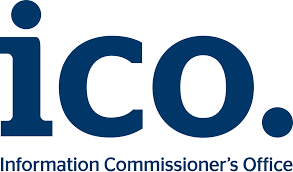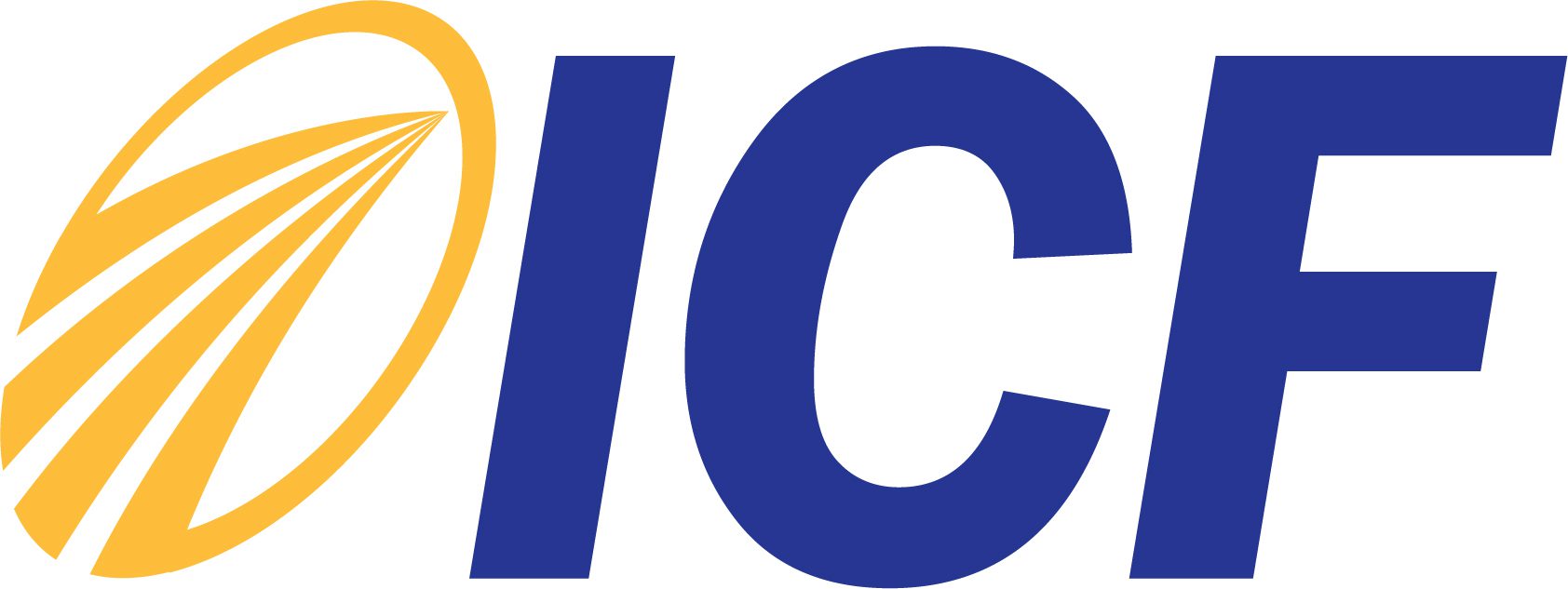We work with many senior level candidates who are either facing redundancy, or have left their last role for some time and are now ready to start job hunting again. However, what if you’re still engaged in a c-level or other executive level role, but have that ‘itching feeling’ that now is the right time to start looking for a new role? How do keep active enough in terms of networking, while not raising any ‘red flags’ with your employer? It’s tough to discuss specific time lines here, as some of you might be further ahead in your plans than others. The following tips will help get you on track, and keep you on track.
CV / Resume Dust off?
You know it makes sense, but you’ve been putting it off, no doubt partly due to the slog of actually getting through it, as well as making your CV effective and wondering which of the (many!) different opinions you’ve researched so far are accurate. From the many executive level recruiters, headhunters and hiring managers we’ve asked the preference is overwhelming, and simple: a punchy executive summary leading straight to your chronological career history. We have a report available which covers this in more detail. So now you know how it should look, when is a good time to make a start working on it? Set aside some time, ring fence it, switch off email and other social media distractions and you can get it done.
Networking quietly
We all know by now that a platform such as LinkedIn is fundamental to any job search, or indeed for networking for business while in a role. First port of call will be to switch off the option in your personal settings which broadcasts every change you make to the world! You don’t want to start arousing suspicion that you might be on the lookout for a new role (It’s all part of a job hunting secret agent’s remit!). Take care with this section; it’s worth taking your time, going through the various tabs, and creating a ‘privacy mix’ that’s sensible in terms of your reachable audience and pragmatic in terms of privacy. Once you’ve done that you can start to add some subtle information to ‘beef up’ your profile a bit and get found for more keywords, which is important as recruiters and hiring managers will be searching using key words or descriptions.
In the early stages of your thinking here, just concentrate on being found more often on LinkedIn. That way you’ll be approached more often about roles.
Get a team together
Start to research recruiters and headhunters. Having spoken to many recruiters and headhunters we understand some of the tactics that work and do not work when embarking on a covert job search. Firstly, take the step of setting up some exploratory (confidential) conversations with some selected recruiters. The aim here is to find 3-5 individuals / companies that you get a sense of that will help you and actively represent you going forward. No need to spread the net far and wide at this point. Keep it low key, but work on building and maintaining these relationships.
Networking regularly
I’ll make a confession here, I dislike face to face networking events, and have personally never found them to be productive (probably because they’ve usually been of the type where there seem to be endless consultants trying to sell to other consultants). However, I also know that clients we’ve worked with have often gained useful contacts at peer events, so I’d strongly advocate that you schedule in some peer networking events. Why? To get a feel for the market, to get a feel for your peers and how they would potentially compare as candidates, but most importantly to get a feel for how serious you are about this potential move.
You’re wasting your time
‘What?!’ I hear you say. ‘What do you mean Steve?!’ You will indeed be wasting your time if you don’t think ahead, make a plan, stick to it, show some commitment where it matters, and create some meaningful relationships among some of the key players out there. Today’s executive jobs market is ultra-competitive, and you need to be perceived as a serious candidate before a recruiter will take the chance of putting you forward for a role they may be working on.
So don’t waste your time, make that plan, think it through and create a road map that’s easy to monitor, while ensuring your ‘bread and butter’ areas such as interview skills, your CV, and LinkedIn profile are ready to present the best image of you as possible.
Who knows, that important job interview might come along tomorrow…











